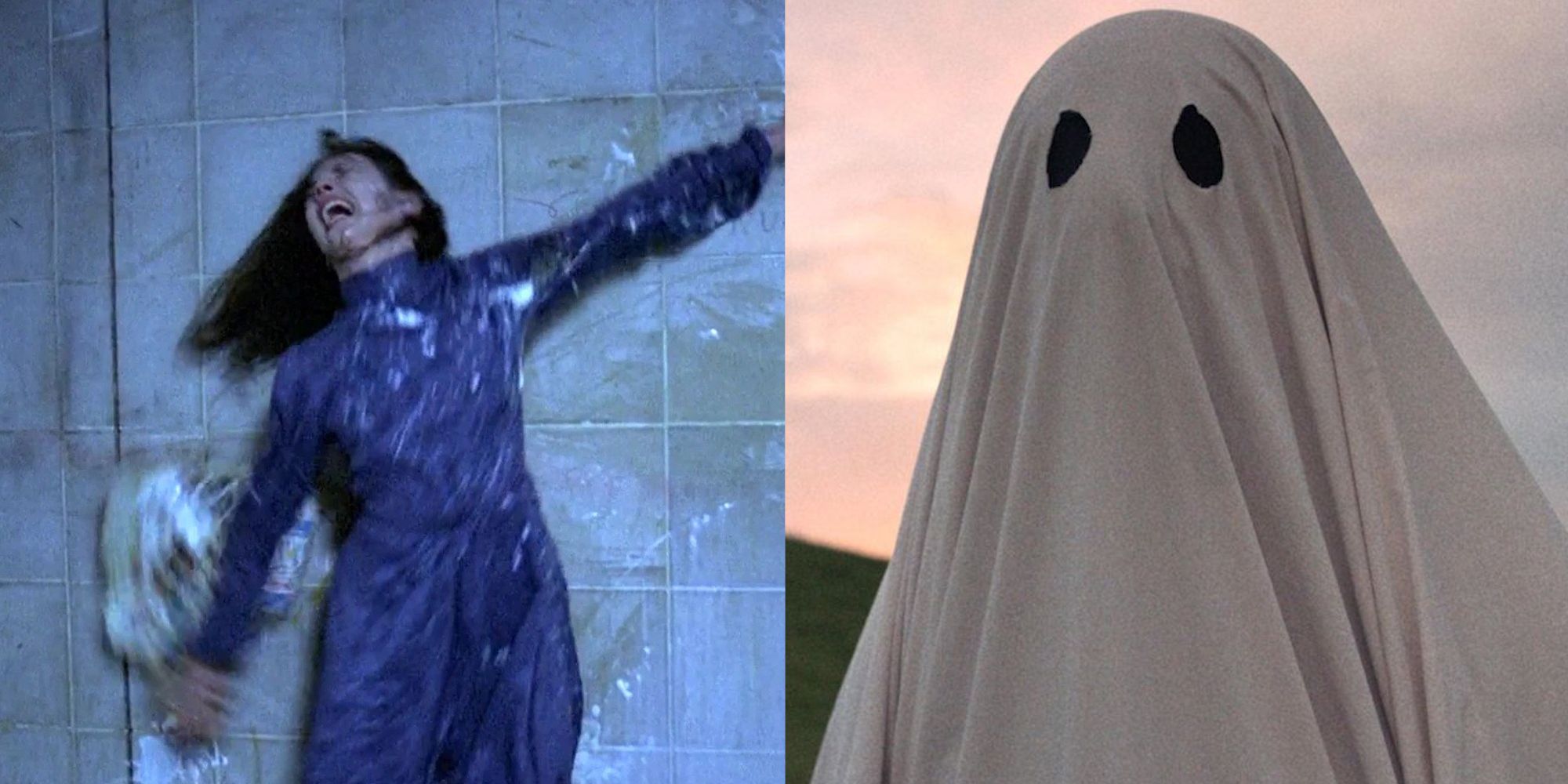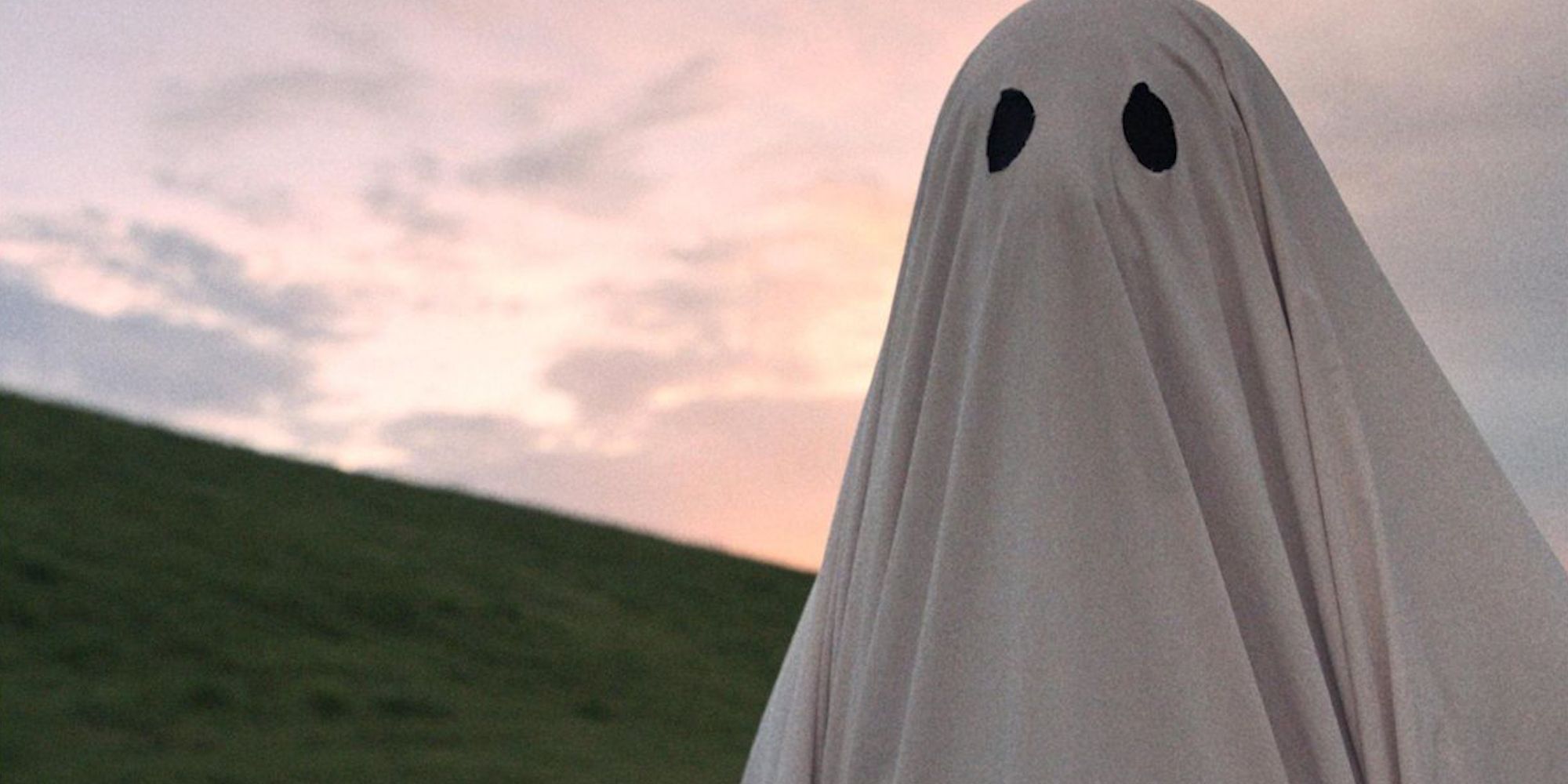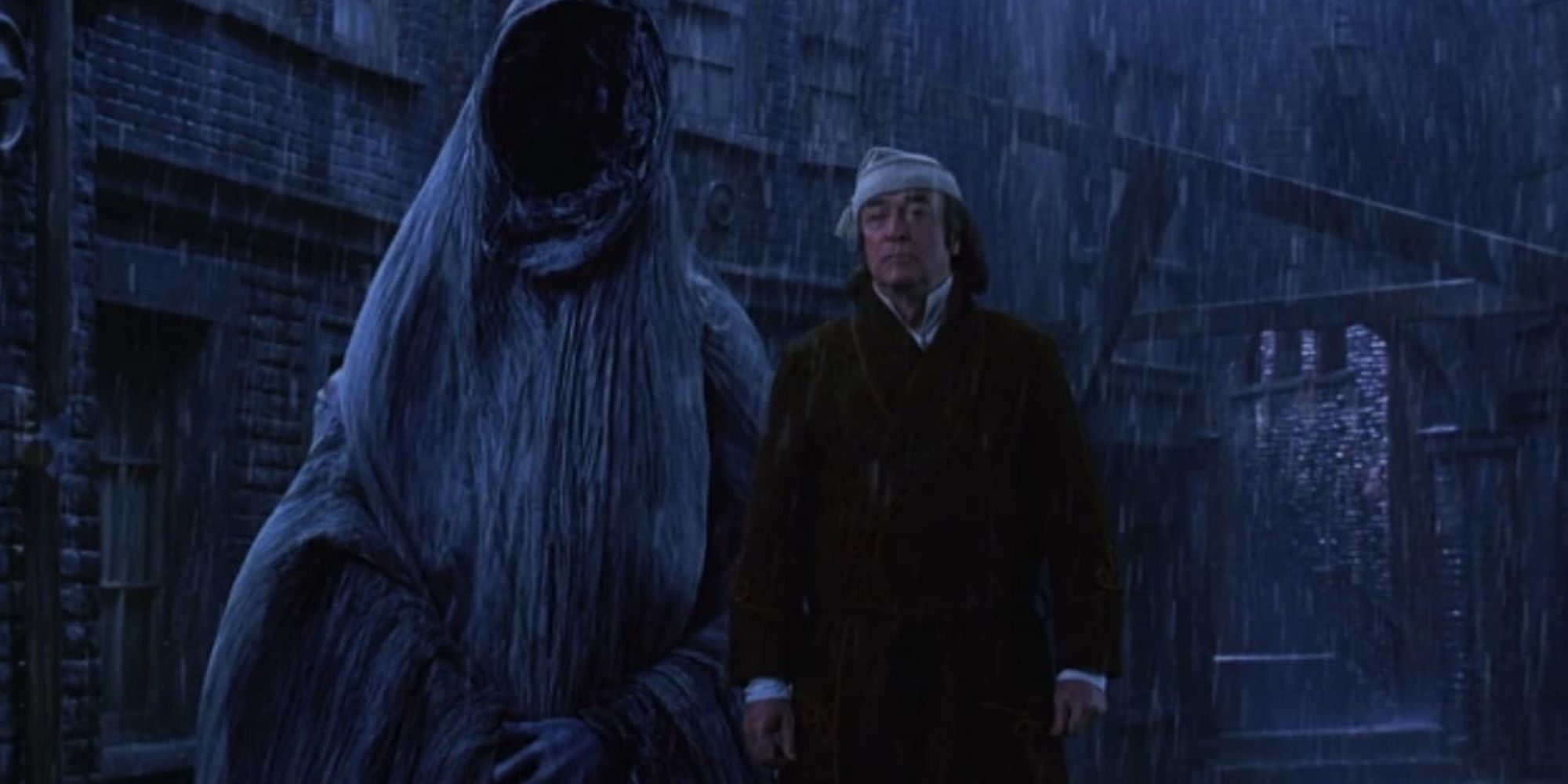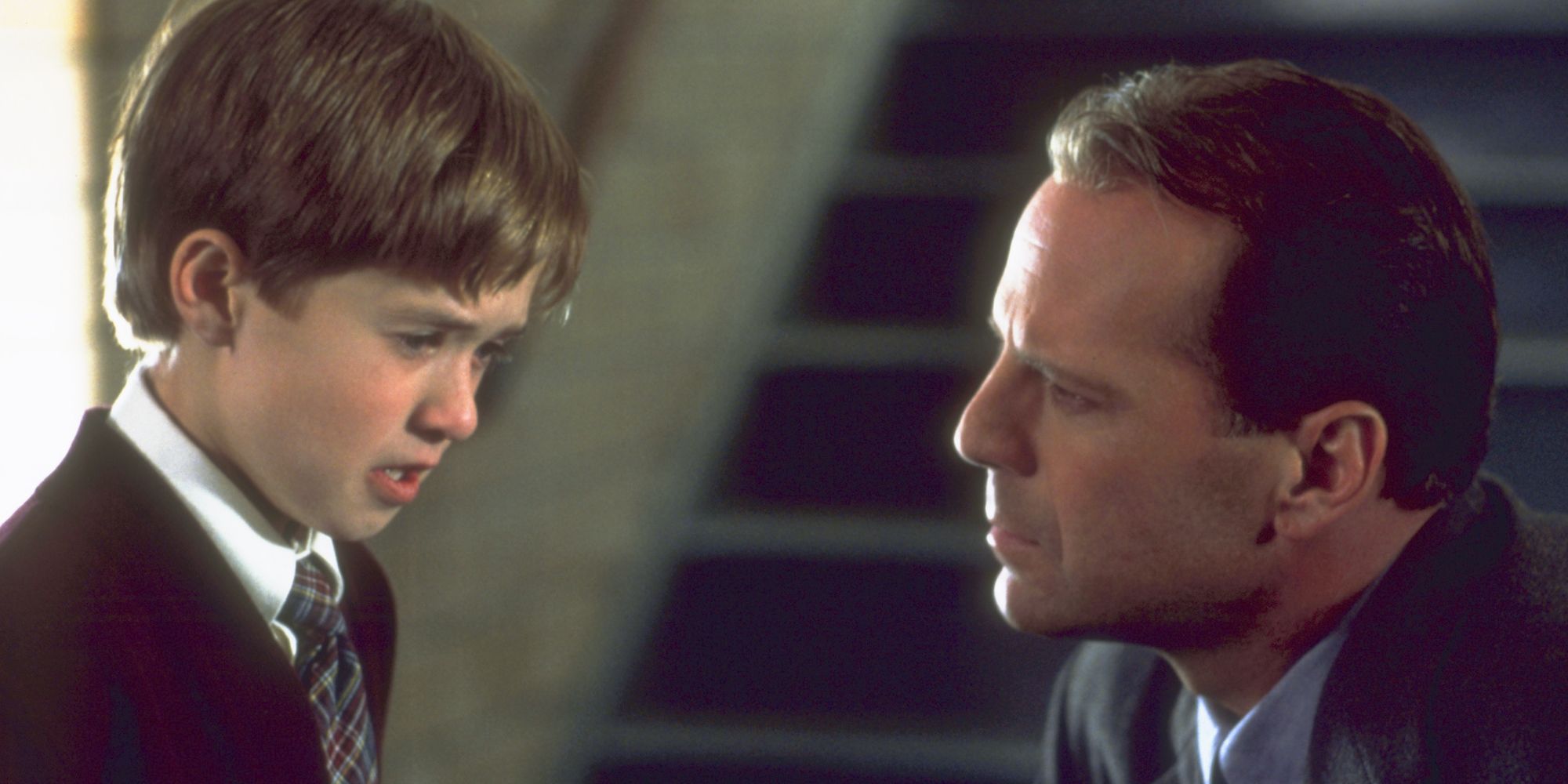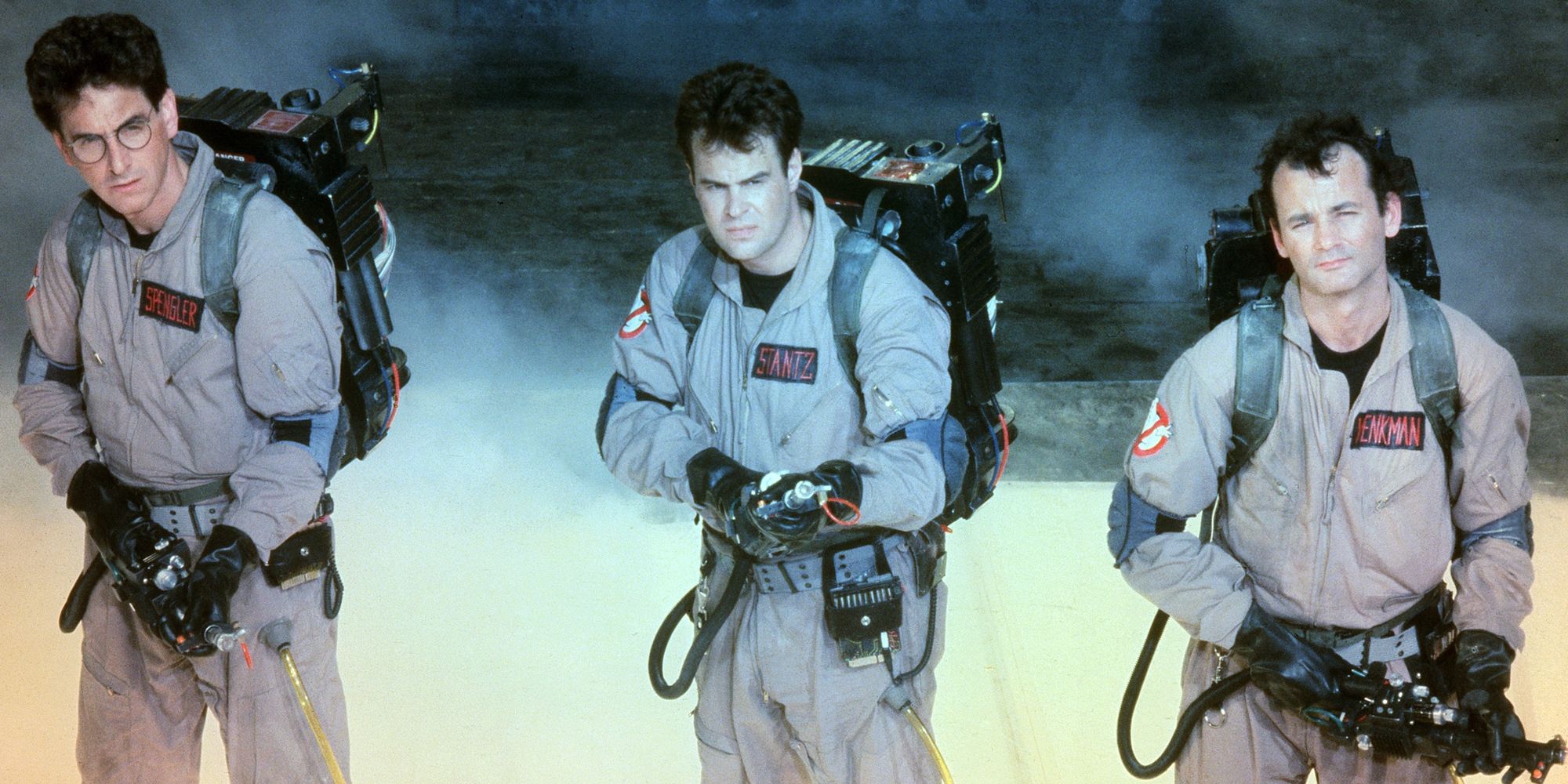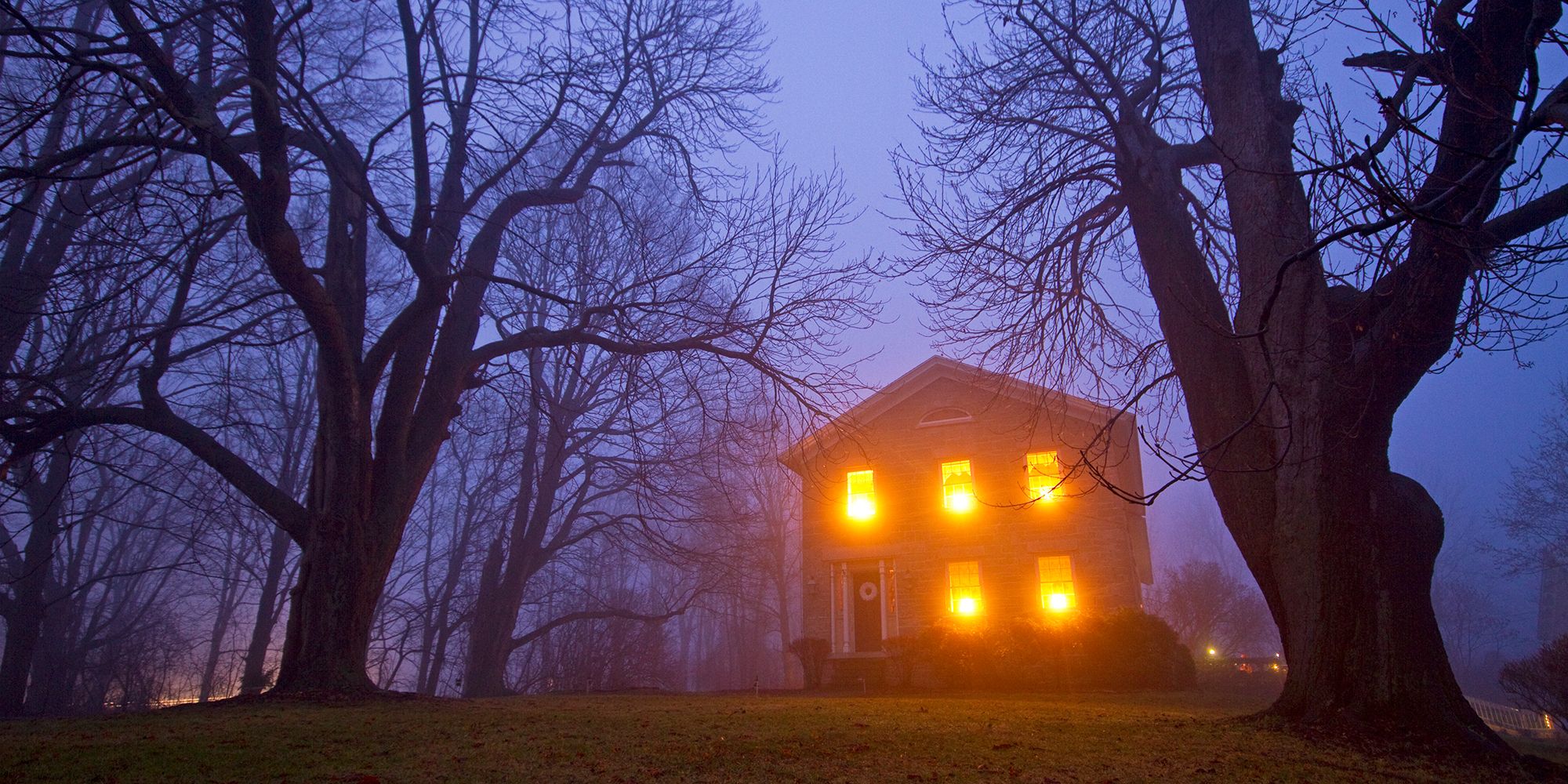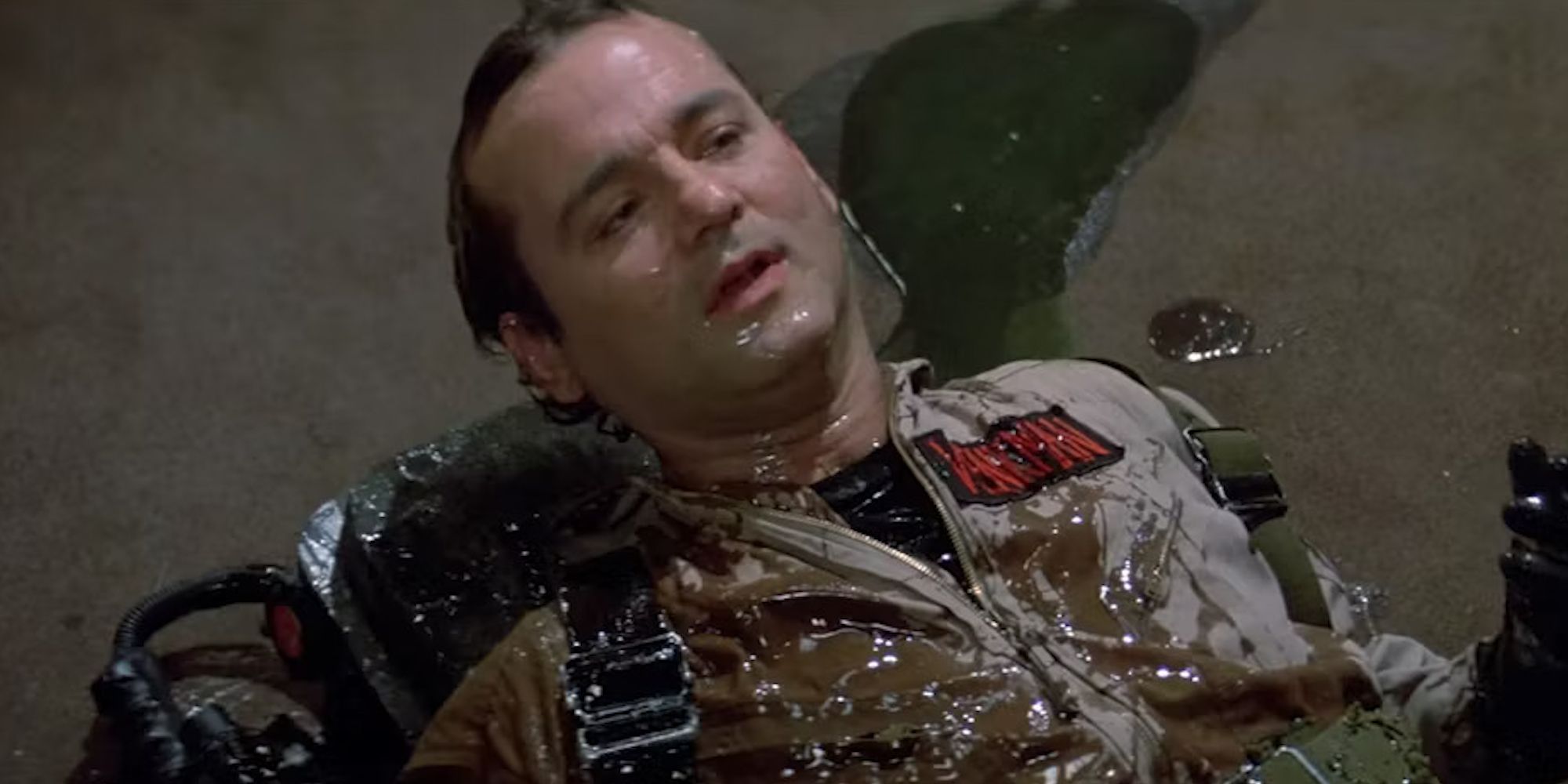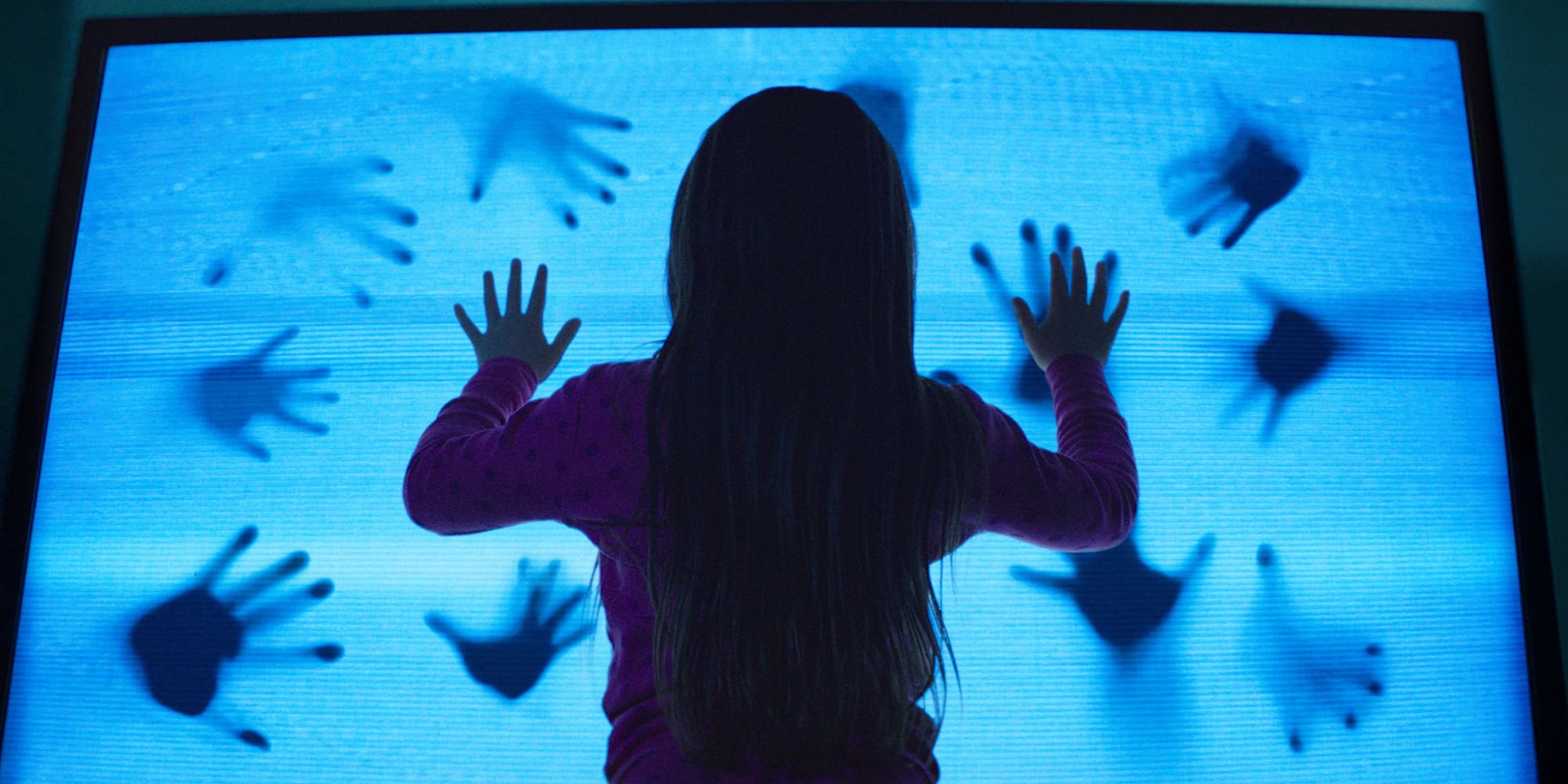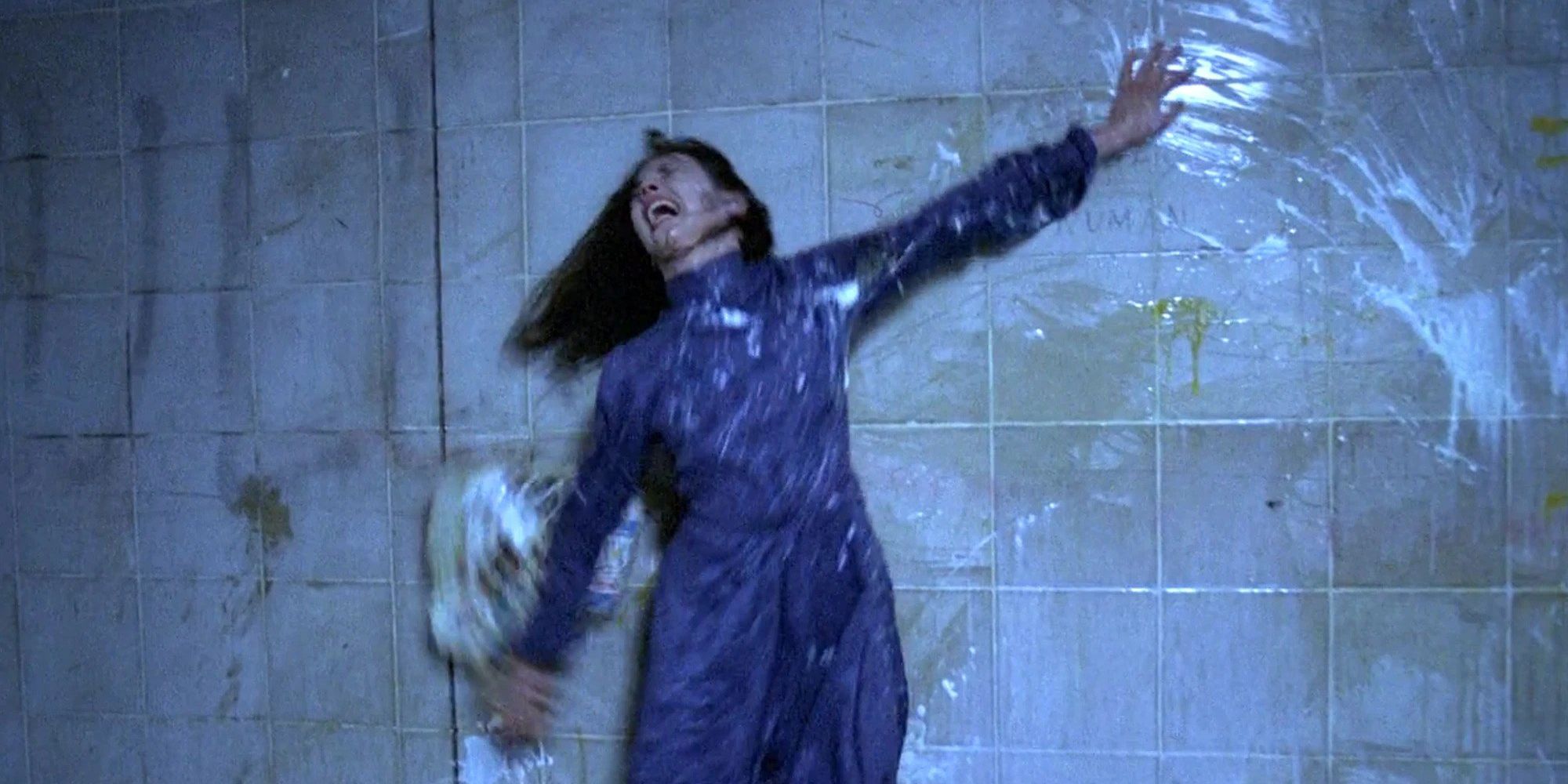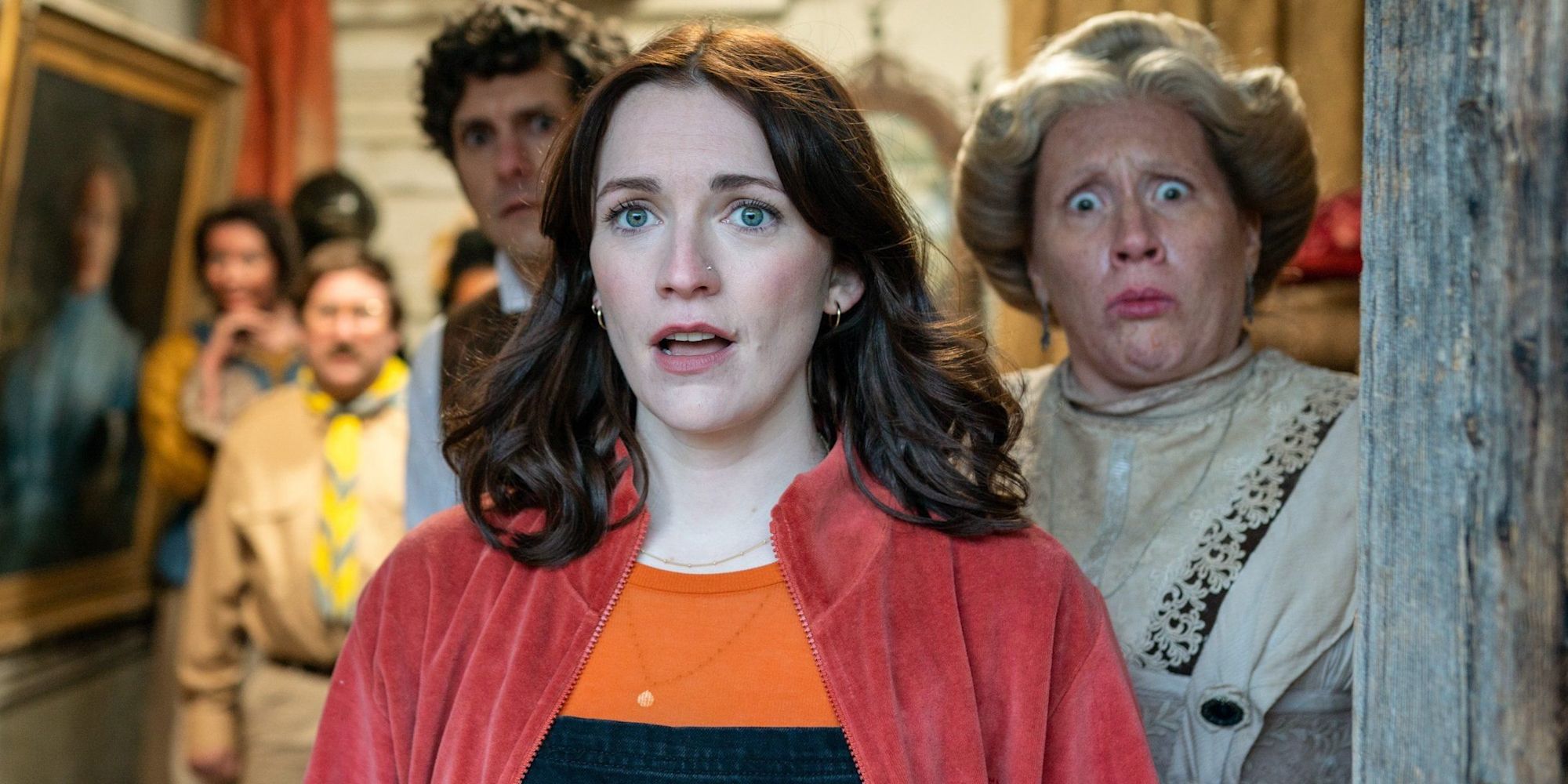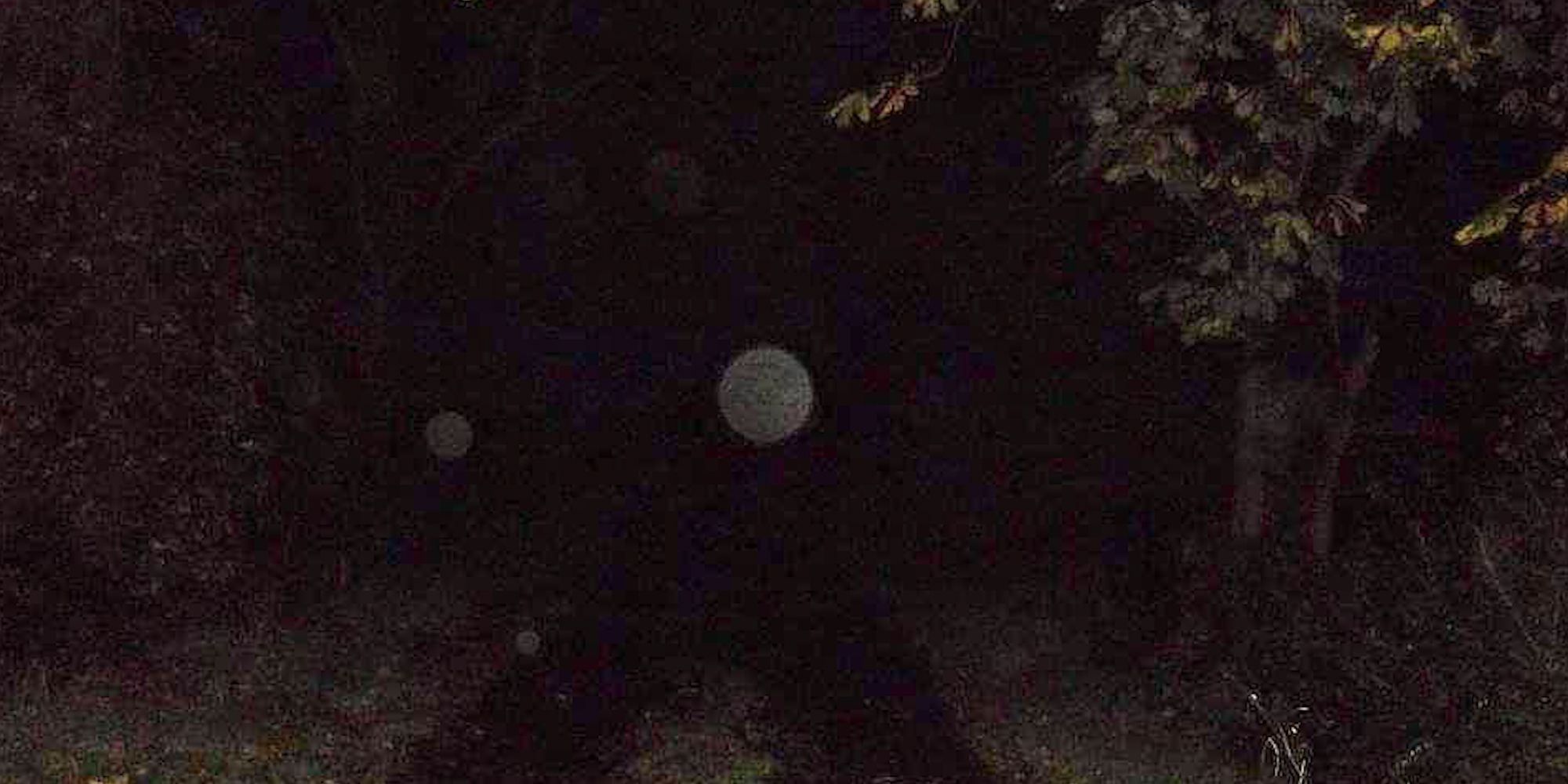Belief in ghosts is widespread in folklore and mythology, stretching back thousands of years. Most cultures have legends about the afterlife, including souls lingering on earth after their bodies have perished. In literature, ghosts appear in ancient works like the Oresteia and Homer's Odyssey.
In the millennia since, ghosts have remained a mainstay in fiction, from the works of Shakespeare to the classic ghost stories of the Victorian era. From the 1920s onward, ghosts appeared in dozens of Hollywood horror movies, often depicted in a sympathetic light. Since the 1970s, movies about ghosts have tended to be horrors or comedies, with the latter frequently subverting the genre's tropes. It's a testament to the power of the ghost as an idea that storytellers continue to depict it in books and movies to this day.
White Sheet
The white sheet is perhaps the most iconic image of a ghost. These days, it's most like to be seen in cartoons like Scooby-Doo, but in the past, the sight of a spectral white sheet was genuinely terrifying to readers and audiences. The white sheet's origins go back centuries to when corpses were wrapped in white burial shrouds.
White sheets were used to represent ghosts in serious horror movies right up until 1964's Whistle and I'll Come To You. Since then, several filmmakers have parodied the white sheet to great effect. The best example is David Lowery's A Ghost Story, about a man (Casey Affleck) whose spirit remains in the house he shared with his wife.
Ghosts Teach a Lesson
Another classic ghost story trope is the idea that ghosts have a lesson to teach to the protagonists. The most famous example is A Christmas Carol by Charles Dickens. The miserly Ebeneezer Scrooge is visited by the Ghosts of Christmas Past, Present, and Future, who warn him that he needs to change his ways. They show him visions that frighten him into cleaning up his act.
Similar ideas are explored in films like Guillermo Del Toro's The Devil's Backbone and even Miyazaki's Spirited Away, to a certain extent. These ghost stories can be seen as a kind of memento mori, an artistic reminder of the inevitability of death, and instruction to appreciate life before it's too late.
Ghosts With Unfinished Business
Prominent in the ghost story genre is the idea that the dead have unfinished business in the living world, leaving them unable to move on to the afterlife. This concept also goes back centuries but had its heyday in cinema between the 1970s and 1990s, when Hollywood churned out movies like Field of Dreams, Ghost, and Heart and Souls.
M Night. Shyamalan's The Sixth Sense is emblematic of this trope. Child psychologist Malcolm Crowe (Bruce Willis) dies but remains on earth as a ghost, unbeknownst to him. With the help of clairvoyant child Cole (Haley Joel Osment), he accepts his death and tells his wife that he always loved her. This complete, Crowe's soul departs the material world.
Ghost Hunters
Real-life ghost hunting began in earnest in the late 19th century, reaching more mainstream attention after the 1950s with the investigations of Ed and Lorraine Warren. Since then, ghost hunters have featured in dozens of movies and novels. The most famous is undoubtedly 1984's Ghostbusters, which spawned several sequels and created a new horror-comedy template.
In the early 2000s, ghost hunting became even more prominent on TV with reality shows like A Haunting and Most Haunted. However, these programs are often criticized for being pseudoscientific and failing to find actual evidence. Nevertheless, ghost hunting remains a surprisingly popular hobby. One of the largest ghost hunting organizations, the Atlantic Paranormal Society, was the subject of the reality show Ghost Hunters. Interesting bit of trivia: the Society counts author Jodi Picoult among its honorary members.
Haunted Houses
Several famous buildings around the world today are alleged to be haunted, including the Borley Rectory in England, the Winchester Mystery House in San Jose, California, and the Wukang Mansion in Shanghai. This is nothing new. Stories about haunted houses date back to ancient Rome with the play by Plautus named The Haunted House. Hauntings also appear in the work of later Roman writer Seneca, who influenced the ghosts in some of Shakespeare's plays. One Thousand and One Nights, the collection of Middle Eastern folk tales, also includes a story about a haunted house.
A modern update to the genre came in the late 1800s when author Charlotte Riddell wrote several stories about apparitions menacing people in their homes. This was followed by Shirley Jackson's landmark 1959 novel The Haunting of Hill House. Among the most acclaimed ghost stories of the 20th century, The Haunting of Hill House inspired scores of horror writers and filmmakers, including Stephen King. It served as the basis for two film adaptations and, most recently, a Netflix series.
Ectoplasm
Ectoplasm is said to be the physical substance created by spirits in the living world. The term was coined in 1894 by the researcher Charles Richet, but there is no evidence that it exists. This hasn't stopped it from becoming a hallmark of the ghost story.
Ectoplasm appears in various forms in dozens of movies and TV shows, including The Uninvited, The Legend of Hell House, The Frighteners, and Personal Shopper. The most influential depiction of ectoplasm can be found in Ghostbusters, where it is shown to be a thick, greenish slime.
Poltergeists
A poltergeist is a noisy spirit that can cause physical disturbances, like throwing objects around, causing items to levitate, or making sounds, like knocking. References to poltergeists first appeared in the 17th century. Since then, there have been several alleged real-world cases of poltergeists, and the concept has become widespread in horror movies and novels.
Poltergeists feature prominently in Insidious, Paranormal Activity, The Amityville Horror, The Entity, Grave Encounters, and more. However, none of these movies can eclipse the 1982 film Poltergeist, written and produced by Steven Spielberg and directed by Tobe Hooper. The movie was a major influence on subsequent ghost stories and has become a horror classic.
Possession
Possession can be found in most folklore and many religions, going back thousands of years. In fiction, the earliest known description of characters being possessed by ghosts comes from the 11th century Japanese work The Tale of Genji, which might be the world's first novel.
In the 20th and 21st centuries, ghostly possession has featured in numerous horror movies, including The Conjuring series, 2012's The Possession, and The Enfield Haunting from 2015. Often, a character is possessed by a ghost at first, creating an opportunity for a more malevolent force, like a demon, to invade the host.
Ghosts As Comedy
All genres evolve, often inverting or poking fun at the works that have come before. In recent decades, comedy films and shows about ghosts have proliferated, mimicking a similar trend that occurred with zombies and vampires.
Once again, Ghostbusters' influence as a comedy about ghosts can't be overstated. Other movies followed, including Tim Burton's Beetlejuice, Casper, Just Like Heaven, Scary Movie 2, and Extra Ordinary. Ghosts are also depicted humorously in the Harry Potter movies, most notably with the character Nearly Headless Nick (John Cleese). Many TV shows also offer a comedic take on the ghost story, like Wellington Paranormal and, most recently, BBC's Ghosts starring Charlotte Ritchie.
Orbs
Horror movies about ghosts often feature strange images that appear in photographs, especially of the dead. Paranormal investigators have claimed for decades that these "orbs" are created by spirits. The phenomenon is real: it's not uncommon for strange artifacts, often white spheres, to develop in photographs.
However, there is a perfectly innocuous explanation for these "orbs": they are caused by light from a camera flash reflecting off particles in the air, like dust, back at the camera. It's called backscatter, and there's nothing ghostly about it.

